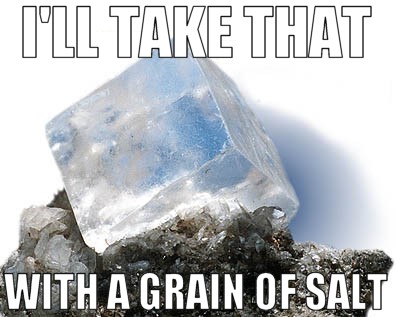 Deathlike, on 27 May 2015 - 02:10 PM, said:
Deathlike, on 27 May 2015 - 02:10 PM, said:
Hm.
I think that the leg armoring quirks need to scale in such a way that there's a "fair distribution" between Internal Structure quirk buffs and External Armor quirk bonus... because I'm still thinking that Mist Lynx-D's leg omnipods would make out like a bandit if you didn't care about the other types of buffs.
I guess the question is really... can we graph the data in a scale (since this is all linear) to see where there's a falloff between these known facts?
The numbers aren't exactly concrete, nor are the jumps. They will vary a few meters(or feet?) as well as M/s, so that's a different decimal of damage at the very least.
I suppose using the formula to calculate the damage is probably the most effective way.
- How much damage is determined by it's fall velocity and the weight class of the falling 'Mech.
- Light 'Mechs = (Internal Structure Health * 1.9) * 0.04
So, 14 structure on the Spider.
14*1.9*0.04=1.064
Here comes the issue...
Quote
The faster the Spider hits the ground, a scalar multiplier is added to this base damage. This scaling happens, for Light 'Mechs at 38 ft/s. So any impact speeds of 30-38ft/s will do 1.12 damage to each of the Spider's legs.
We'd need those multipliers to calculate damage. Would they be in the .XML?
A solution would be to simply grab the base weight class, unquirked, structure to start that calculation with. That would require
some coding, but nothing too in depth.
The Myth Lynx D would actually take just as much damage as most, since it also has 12 structure, on top of 6 armour.
Better off, but not greatly. Well, I suppose that describes the chassis as a whole pretty well, with the quirks.
Edited by Mcgral18, 27 May 2015 - 02:32 PM.
 aniviron, on 25 May 2015 - 08:45 PM, said:
aniviron, on 25 May 2015 - 08:45 PM, said:





























